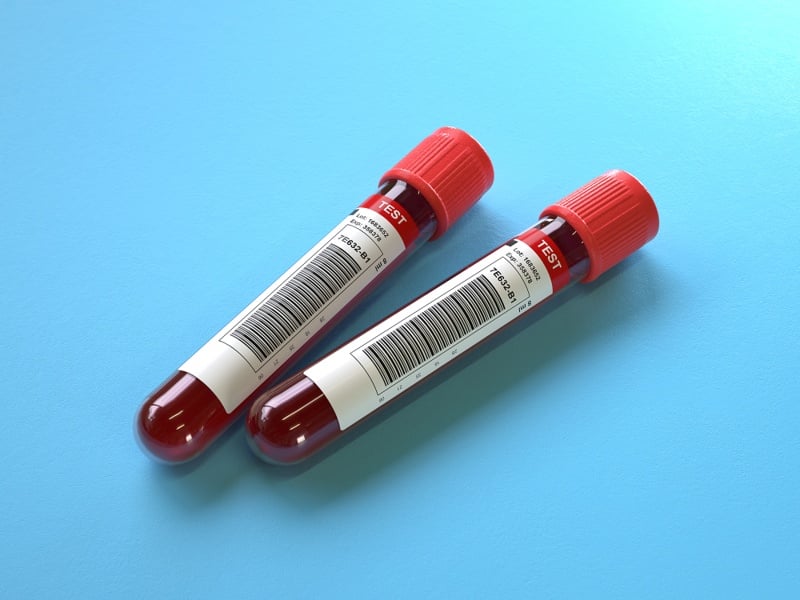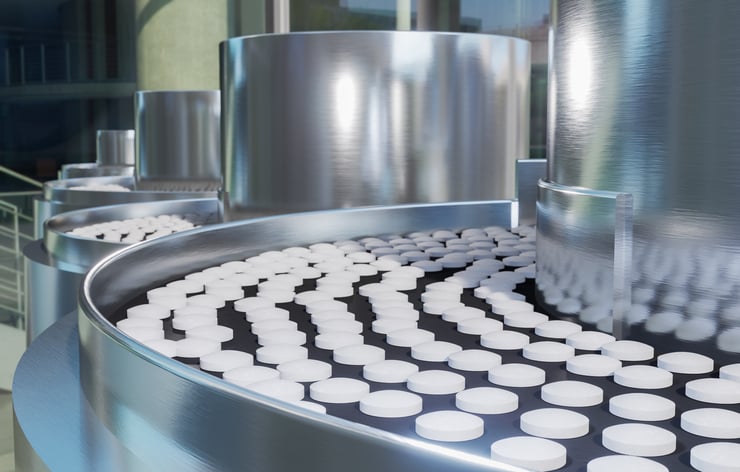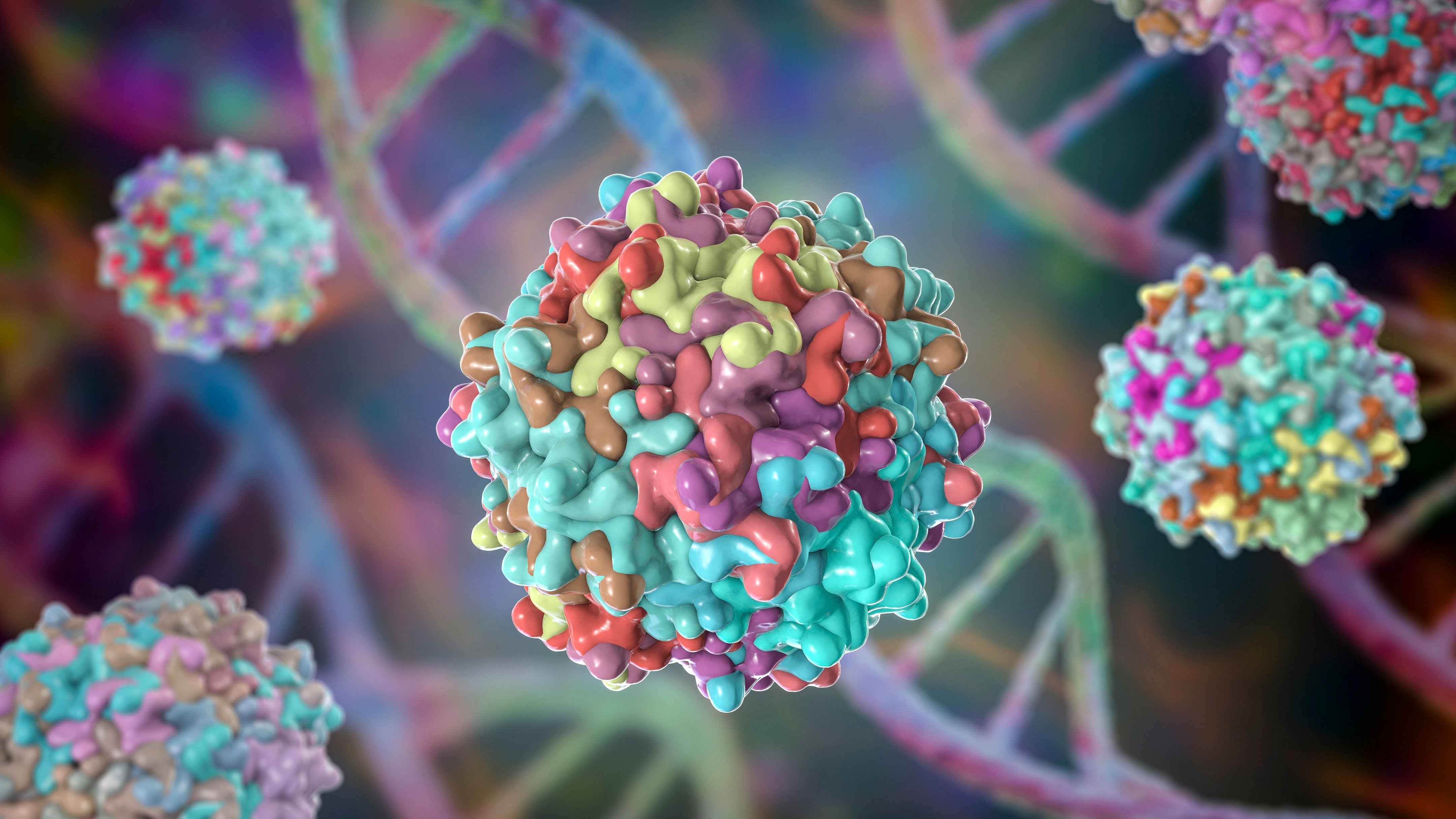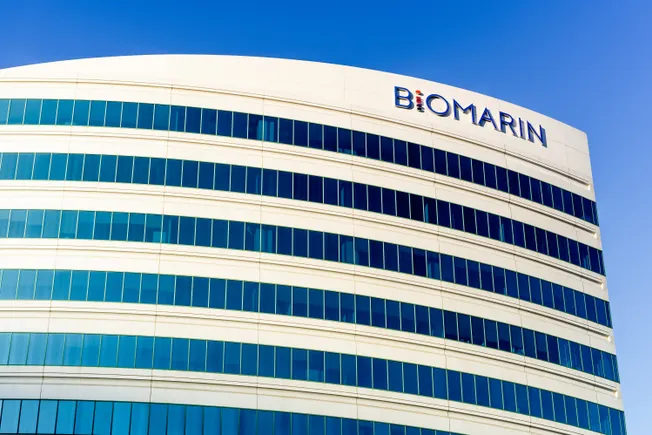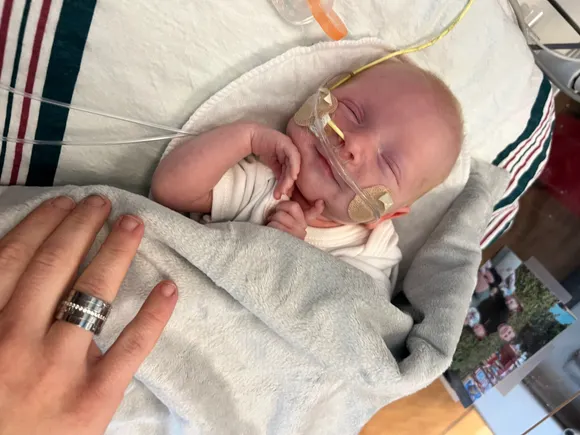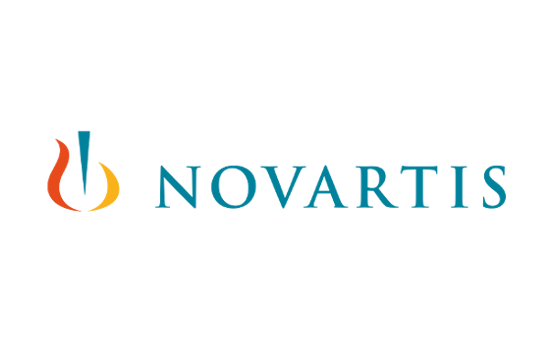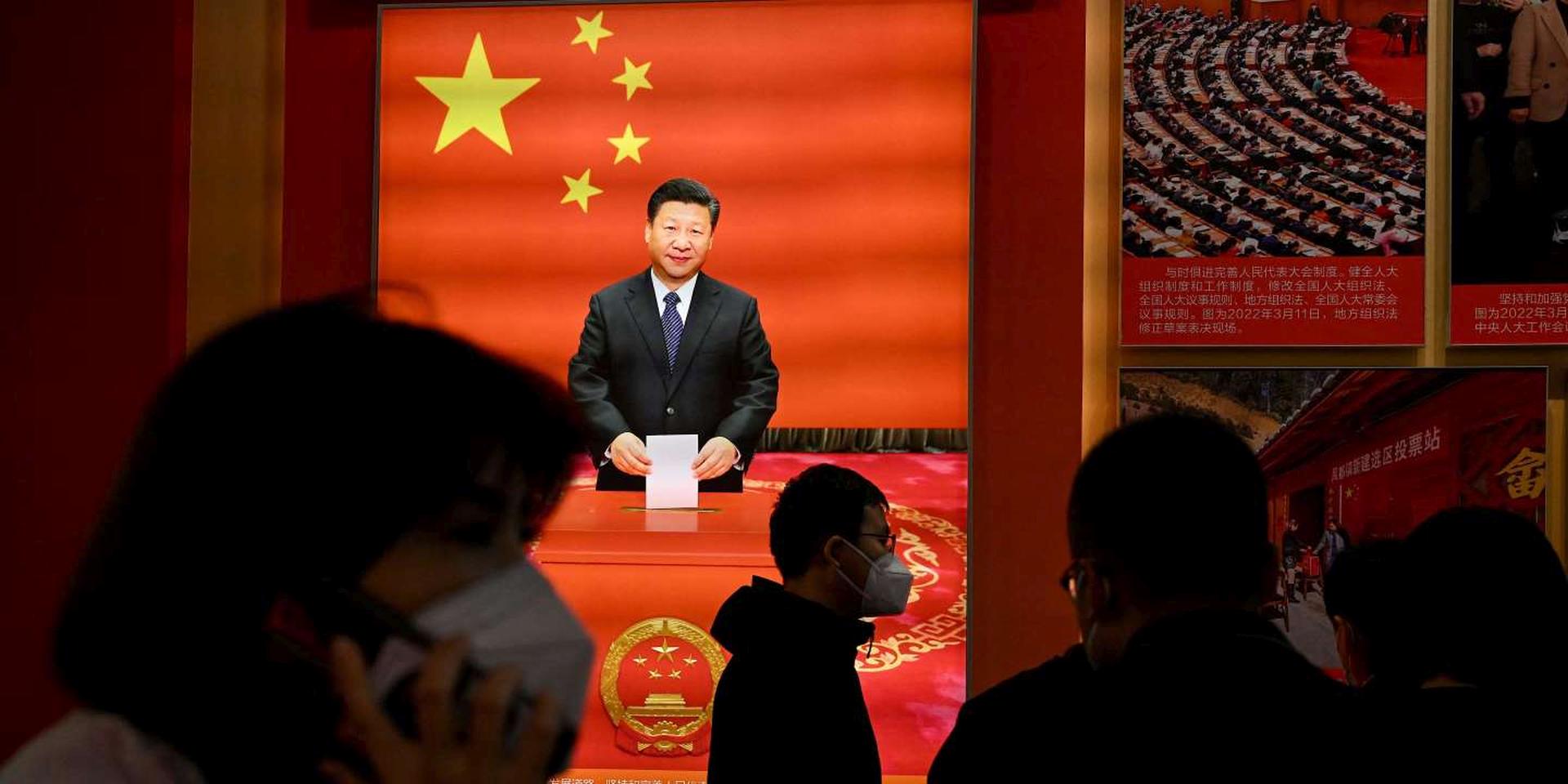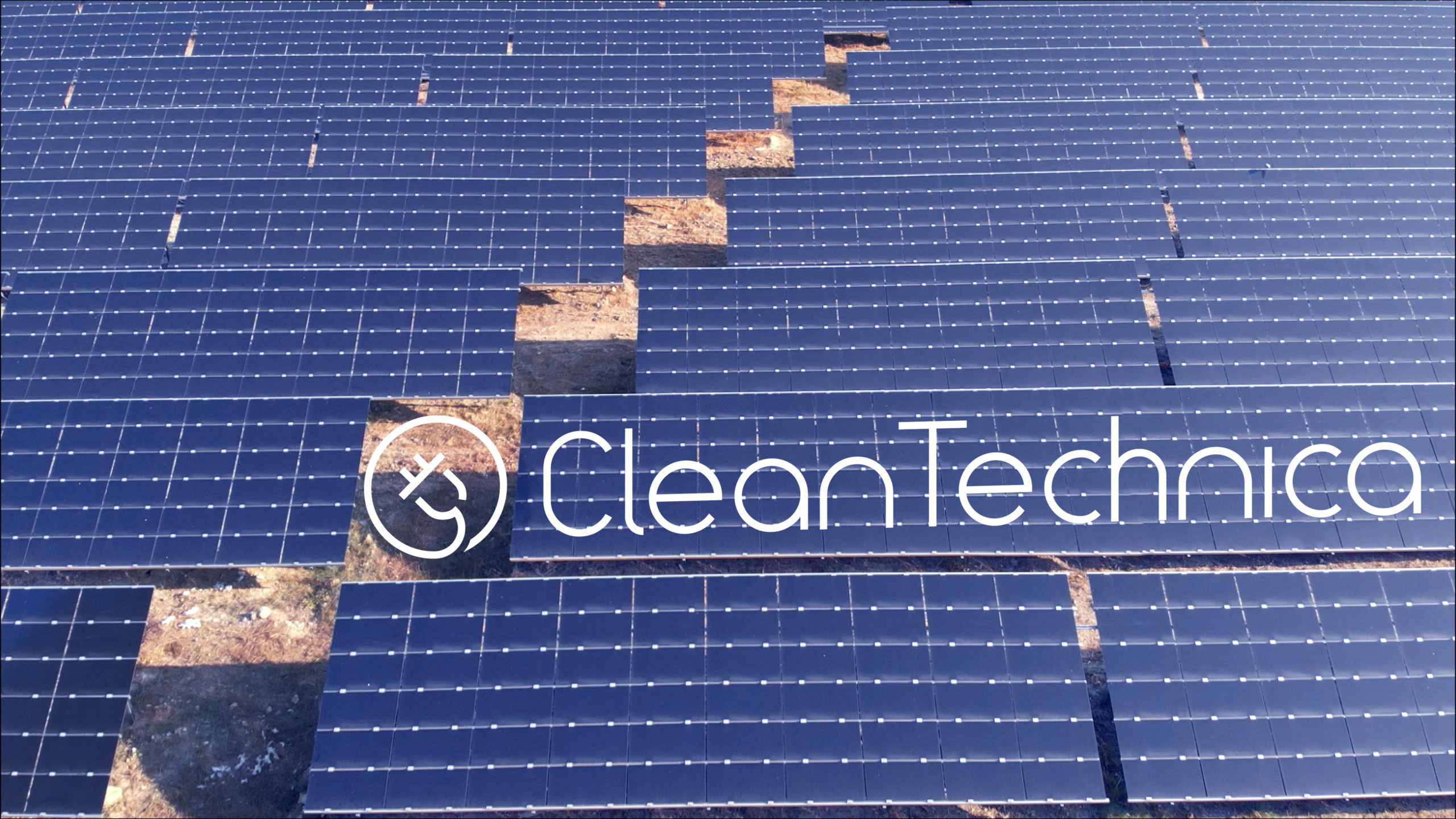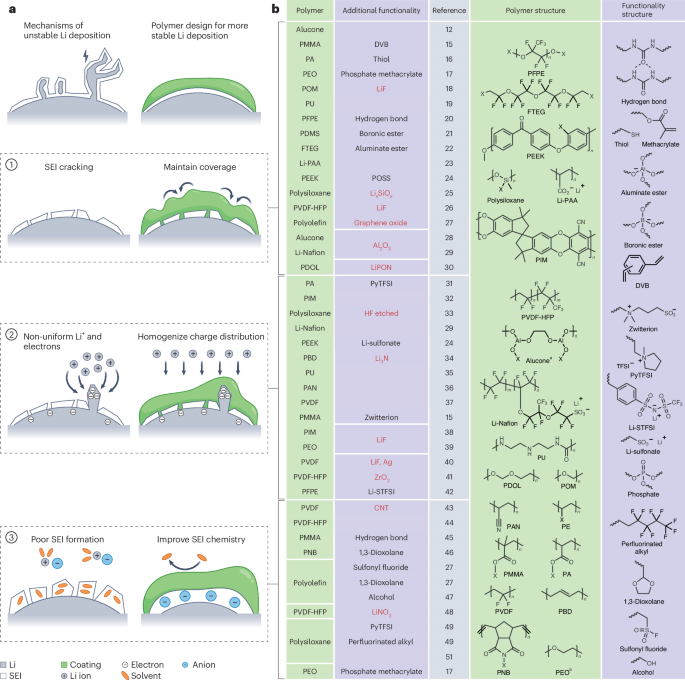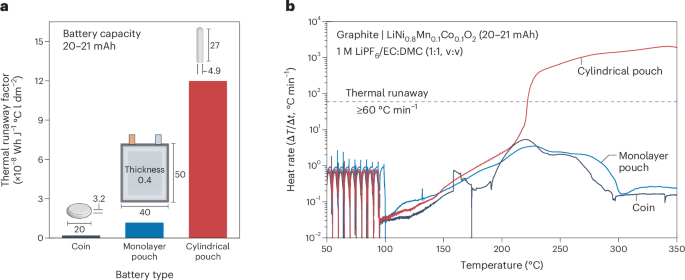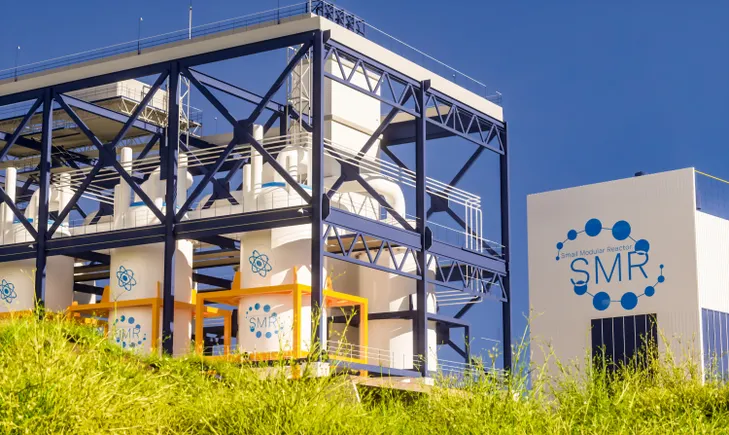Human Myobundle Platform for Studying the Role of Notch Signaling in Satellite Cell Phenotype and Function
Advanced Healthcare Materials, Volume 14, Issue 12, May 6, 2025.

Notch signaling is critical for the maintenance and regenerative response of adult muscle stem cells (satellite cells, SCs). Here, engineered human skeletal muscle tissues (“myobundles”) are utilized to assess how upregulation of the Notch ligand DLL1 in myofibers affects SC abundance, phenotype, and myogenic potential. This approach can be applied to study other signals important for SC niche function.
Abstract
Notch signaling plays a pivotal role in regulating satellite cell (SC) behavior during skeletal muscle development, homeostasis, and repair. While well-characterized in mouse models, the impact of Notch signaling in human muscle tissues remains largely underexplored. Here, a 3D tissue-engineered model of human skeletal muscle (“myobundles”) is utilized as an in vitro platform for temporal control and studies of Notch singaling. Myofiber-specific overexpression of the Notch ligand, DLL1, early in myobundle differentiation increases the abundance of 3D SCs and shifts their phenotype to a more quiescent-like state, along with decreasing muscle mass and function. In contrast, myofiber-specific DLL1 overexpression after one week of myobundle differentiation does not affect 3D SC abundance or muscle function, but increases transcriptomic markers of SC quiescence, confirming the temporal dependence of SC activation and self-renewal on Notch signaling activity. Finally, for the first time these studies show that even after a transient, myofiber-specific upregulation of Notch signaling in myobundles, 3D SCs expanded from these tissues can re-form functional “secondary” myobundles containing an amplified SC pool. Future studies in the described human myobundle platform are expected to aid the development of novel Notch-targeted therapies for muscular dystrophies and aging.






























































